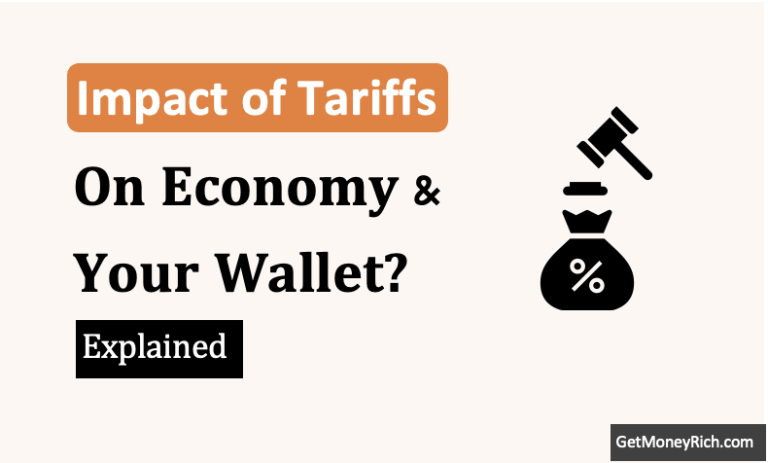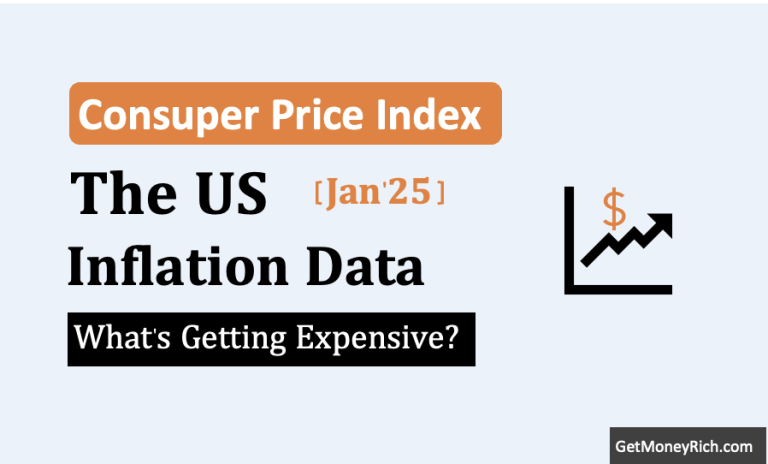Warren Buffett. The name itself conjures images of shrewd investments, long-term vision, and a knack for spotting opportunities where others see risk. He’s the kind of investor whose moves we all watch. We try to glean wisdom from every decision. So, when his company, Berkshire Hathaway, makes a significant shift in its investment strategy, like a net stock sale of $134 billion in 2024 alongside holding a whopping $334 billion in cash reserves, it’s time to pay attention. These actions might signal more than just a portfolio adjustment. I think, these could be a subtle, yet powerful, indicator of what lies ahead for the market. They are perhaps hinting at a potentially bumpy ride for the S&P 500 in 2025.
Think of it like this: Buffett is a seasoned sailor. He’s navigated countless market storms, and his experience is unparalleled. When he starts battening down the hatches and stocking up on supplies, it’s a good idea to take notice, even if the skies seem clear right now.
The Oracle’s Historical Signals
Buffett’s investment decisions aren’t made in a vacuum. They’re based on decades of experience and a deep understanding of market cycles.
Looking back, Berkshire Hathaway’s pattern of buying and selling stocks has often provided a clue about the S&P 500’s future performance.
Let’s say, hypothetically, that since 2010, years when Berkshire was a net seller of stocks have, on average, been followed by S&P 500 returns of around 11%. While still positive, this is noticeably lower than the average return of around 13% seen in years following periods when they were net buyers.
| Counting | Berkshire’s Net Seller Activity | S&P 500 Return (Next Year) |
|---|---|---|
| Year 2010 | Yes | 0% |
| Year 2012 | Yes | 30% |
| Year 2014 | Yes | -1% |
| Year 2016 | Yes | 19% |
| Year 2020 | Yes | 27% |
| Year 2021 | Yes | -19% |
| Year 2023 | Yes | 23% |
| The Average Return of All The Above Years | — | 11% |
This isn’t to say that Buffett causes these market movements, but rather that his decisions reflect a keen awareness of underlying trends and potential shifts in the economic landscape. He’s not predicting the future; he’s preparing for it.
This historical context is important because it suggests that Buffett’s recent move isn’t just a random occurrence. It’s potentially a carefully calculated decision based on his assessment of the current market environment and its future prospects.
Why the Cautious Stance?
So, why might Buffett be adopting this cautious approach now? For that, we must know to read between the lines.
There are several possibilities. One is simply that he’s finding it difficult to find attractively valued companies in the current market. He’s famous for his value investing philosophy. It means, he looks for businesses trading below their intrinsic worth. If he can’t find those opportunities, he’s not going to force it.
Beyond that, there could be broader market conditions contributing to his perspective.
- Perhaps he sees signs of overvaluation in certain sectors.
- He maybe is also concerned about the potential impact of rising interest rates or geopolitical uncertainties.
- Shifts in investor behavior, like a move towards more speculative investments, could also be a red flag for a value investor like Buffett.
It’s important to remember that Buffett’s a long-term player. He’s not trying to time the market, he’s positioning his company for sustained success over decades.
His cautious stance might reflect a belief that the current market environment is unsustainable in the long run. These are the factors that are prompting him to build up a cash reserve and deploy when opportunities arise during a potential downturn.
Your 2025 Investment Strategy
So, what does this all mean for you and your investment strategy in 2025?
Should you panic and sell everything? Absolutely not.
However, it’s wise to take note of Buffett’s actions and consider making some adjustments to your portfolio to be on the safer side.
Here are a few strategies to consider:
- Think Beyond Stocks: This can be a good advice, but it’s especially important in uncertain times. Don’t put all your money in stock. Spread your investments across different asset classes, sectors, and geographic regions to reduce your overall risk.
- Focus on Quality: Now is the time to prioritize companies with strong fundamentals – solid balance sheets, consistent earnings, and a proven track record. These companies are better positioned to weather economic storms and emerge stronger on the other side.
- Think Long-Term: Focus on your long-term goals and don’t make rash decisions based on fear or greed. If you already have quality companies in your portfolio, do not sell them just because the market is going down. Don’t sell low out of fear or buy high out of FOMO (fear of missing out). Stick to your investment plan and resist the urge to chase the short-term trends
It is important to re-iterate that completely exiting the market could be detrimental. Given historical long-term growth trends, stock is the best place to be in. Even in these times, when Berkshire is sitting on about $334 cash reserves, they still has about $272 billion parked in about 30 to 40 stocks.
Stay invested, but make sure that only quality companies are in your portfolio.
Conclusion
Ultimately, Warren Buffett’s recent moves serve as a valuable reminder that even the most successful investors adapt to changing market conditions.
His caution isn’t necessarily a prediction of doom, but rather a prudent response to potential risks.
Use it as a learning opportunity to refine your own investment strategies. Assess your risk tolerance, and ensure your portfolio is well-positioned for whatever the future may hold.
The market is, by its very nature, unpredictable. No one, not even Warren Buffett, has a crystal ball. The key to long-term investing success is staying informed, being adaptable, and having a well-defined plan that aligns with your financial goals.
So, take a deep breath, stay the course, and remember that even stormy seas can eventually lead to calm waters.
Have a happy investing.

![How to Hedge Your Investments When the US Dollar Weakens [Practical Strategies] - Thumbnail](https://ourwealthinsights.com/wp-content/uploads/2025/03/How-to-Hedge-Your-Investments-When-the-US-Dollar-Weakens-Practical-Strategies-Thumbnail-768x462.png)




